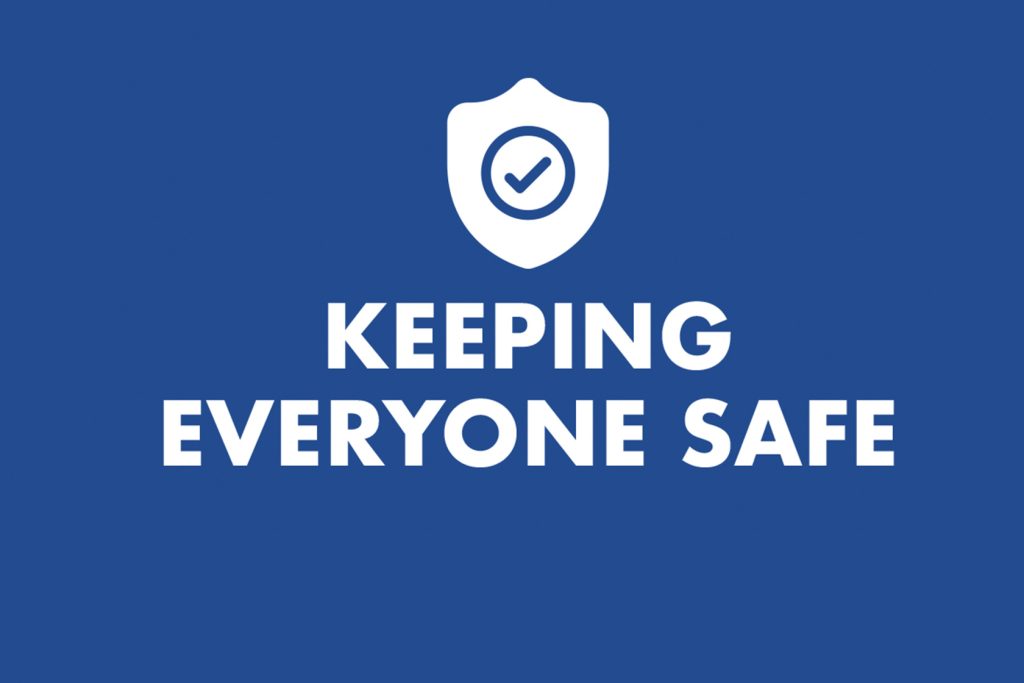
It’s important to remember that safeguarding concerns and allegations include those that occur in BB settings, in the private lives of individual children and young people and their families, and in the private lives of leaders. There is a fifth R, which relates to referring safeguarding concerns or allegations to statutory agencies such as the police and social services. Mostly this action is undertaken by the BBHQ Safeguarding Manager or Church Safeguarding Lead/Co-ordinator. However, in an emergency leaders may need to do this themselves.
This is how you recognise when a child is at risk of harm or abuse. We might hear something, see something, or notice a change of behaviour. Abuse can be something that is done to a child, such as hitting them, or doing something sexual. Abuse can also be failing to do something – such as failing to seek medical care when they are ill or failing to respond to their emotional needs. Abuse can occur within the family, in the community or in an institutional setting. The abuser may be someone known to the child, a stranger, and can be an adult or a child or young person.
Historically there were four commonly recognised categories of harm: Physical Abuse, Sexual Abuse, Emotional Abuse and Neglect. Whilst these still exist, there are many more types of abuse and harm to be aware of including Child Sexual Exploitation, Bullying & Cyber Bullying, Grooming, Child Trafficking, Criminal Exploitation & Gangs, Domestic Abuse, Female Genital Mutilation, Online Abuse, and Non-recent abuse. The NSPCC has information on the different types or abuse and harm, including how to spot the signs, who is at risk and the effects.
A child or young person could speak about harm or abuse at any time. It is important that leaders are prepared for this and can immediately make time to hear them. The way we respond may impact on what the child says or does next.
This is where you pass it on to whoever is responsible for taking action. Usually this will be by immediately informing your Captain/Correspondent, Minister or Church Safeguarding Lead/Co-ordinator. You, or the Captain/Correspondent must inform the BBHQ Safeguarding Manager within 24 hours.
It is not your responsibility to investigate, decide if the child is at risk of harm, or if the family are in need of help or support. Your responsibility is to pass it on. If the concern is about the Captain/Correspondent, you must inform BB Headquarters immediately.
In non-emergency circumstances the BBHQ Safeguarding Manager will assess the information and where appropriate make referrals to Statutory Agencies for further enquiries and investigation.
Always Remember:
In any situation where you think a child or young person is at immediate risk of harm, contact the emergency services. You will still have to report the circumstances to those outlined above.
This is the way we safely and confidentially keep a record of the safeguarding concern or allegation so that the information can be passed on and the appropriate action taken. This is not always the last thing you do. It may happen in parallel with reporting. You should:
If you are unsure about whether to report a concern or not, seek advice either from the BBHQ Safeguarding Manager or your Church Safeguarding Lead/Co-ordinator.

This has been issued to all registered leaders. It summarises the 4 R’s and includes the actions to take/procedures to follow when responding to a safeguarding concern or allegation. If you require additional cards, please get in touch with BBHQ.